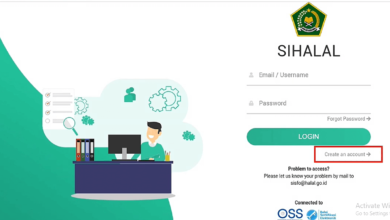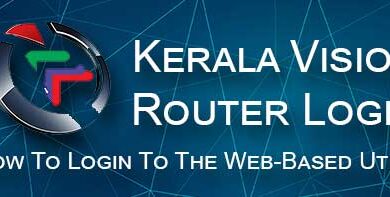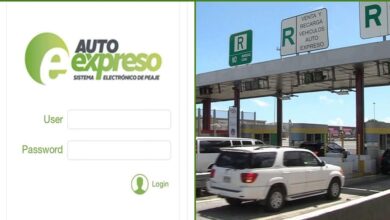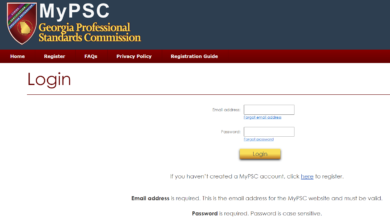SSIS 858: The Secret Weapon for Modern Data Management

In the era of big data, where organizations are overwhelmed with a deluge of information coming from multiple sources, managing, integrating, and transforming data effectively has become more critical than ever. Microsoft SQL Server Integration Services (SSIS) has long stood as a trusted tool in the data engineer’s arsenal. But now, with the emergence of SSIS 858, the game has changed. This new iteration is being hailed as the secret weapon for modern data management—and for good reason.
What Is SSIS 858?
SSIS 858 refers to a specific build (15.0.858) of SQL Server Integration Services, released as part of the continuous improvement approach by Microsoft for SQL Server 2019 and its integration tools. It’s not a separate version of SSIS but rather an updated build within the SSIS 2019 lineage, featuring enhanced capabilities, performance improvements, and better compatibility with cloud-based and hybrid environments.
Why SSIS 858 Stands Out
1. Cloud-Ready Capabilities
One of the standout features of SSIS 858 is its improved integration with Azure Data Factory (ADF) and Azure-SSIS Integration Runtime (IR). Organizations moving toward cloud-first strategies benefit from the ability to lift and shift on-premises SSIS packages to the cloud with minimal changes. The improved support for hybrid cloud environments allows companies to bridge the gap between legacy systems and modern cloud platforms smoothly.
2. Enhanced Performance and Scalability
SSIS 858 includes performance optimizations that significantly reduce execution time for large-scale data integration jobs. Whether you’re dealing with terabytes of transactional data or streaming data pipelines, SSIS 858 brings multi-threading improvements, faster data transformations, and optimized memory usage—key for enterprises handling mission-critical data workflows.
3. Improved Connectivity
In today’s heterogeneous IT environments, seamless connectivity is crucial. SSIS 858 introduces expanded support for ODBC, REST APIs, and cloud data sources like Amazon S3, Azure Blob Storage, and Salesforce. This makes it easier for developers to connect disparate systems and ingest data from virtually anywhere.
4. Robust Error Handling and Logging
Data integrity and traceability are paramount. With enhanced error handling mechanisms, detailed logging options, and fine-grained control over exception management, SSIS 858 empowers data engineers to build more resilient and maintainable ETL processes. This is especially useful in regulatory-compliant environments such as finance and healthcare.
5. Integration with DevOps and CI/CD Pipelines
SSIS 858 supports modern development workflows by integrating more effectively with Azure DevOps, GitHub Actions, and third-party CI/CD tools. This promotes continuous delivery of data pipelines and fosters a DevOps culture within data teams, speeding up development cycles and reducing time-to-insight.
Use Cases Driving Adoption
- Real-Time Business Intelligence: With faster data flow components and better support for incremental loads, SSIS 858 helps power real-time dashboards and analytics.
- Data Migration Projects: Companies migrating from legacy systems to modern platforms leverage SSIS 858 for seamless and efficient data migration.
- Data Warehousing: SSIS 858 simplifies the ETL processes necessary to populate and maintain enterprise data warehouses.
- Regulatory Compliance: Its advanced logging and auditing features make SSIS 858 ideal for environments that require strict data governance.
Conclusion
SSIS 858 is more than just an update—it’s a transformative tool for modern data teams. With its blend of cloud readiness, performance enhancements, and robust connectivity, it addresses the challenges of today’s complex data landscapes. Whether you’re a seasoned data architect or an organization looking to modernize your data infrastructure, SSIS 858 may very well be the secret weapon you’ve been waiting for.
(FAQs) about SSIS 858:
1. What is SSIS 858?
SSIS 858 refers to build 15.0.858 of SQL Server Integration Services (SSIS), which is part of the ongoing updates for SQL Server 2019 Integration Services. It includes enhancements, bug fixes, and performance improvements designed to improve ETL processes and support modern data management needs.
2. Is SSIS 858 a new version of SSIS?
No, SSIS 858 is not a separate version. It’s a build update within SQL Server 2019. Microsoft periodically releases such updates to improve stability, security, and performance.
3. What are the key improvements in SSIS 858?
- Improved cloud integration, especially with Azure Data Factory and Azure-SSIS IR.
- Better performance and scalability for large data loads.
- Enhanced connectivity to cloud and REST-based sources.
- More robust error handling and logging.
- Integration with DevOps and CI/CD pipelines.
4. Can SSIS 858 be used with Azure?
Yes. SSIS 858 offers enhanced support for Azure, including better compatibility with Azure Data Factory, Azure SQL Database, and Azure Blob Storage. It supports the lift-and-shift model, allowing you to migrate your SSIS packages to the cloud with minimal changes.
Also Read: Izonemedia360.com – Boost Your Online Presence
5. Do I need to rewrite my packages to upgrade to SSIS 858?
In most cases, no. Existing SSIS packages built with SQL Server 2019 should work without modification. However, testing is recommended before deployment to ensure compatibility with the new build.
6. How do I install SSIS 858?
SSIS 858 is delivered via SQL Server Data Tools (SSDT) updates or through cumulative updates (CU) for SQL Server 2019. You can download it from the Microsoft Download Center or update through Visual Studio if you’re using SSDT.
7. Is SSIS 858 compatible with older versions of SQL Server?
SSIS 858 is designed for SQL Server 2019. It is not backward-compatible with older versions like SQL Server 2016 or 2017. To use SSIS 858 features, your integration environment must be based on SQL Server 2019.
8. Can I use SSIS 858 in a DevOps pipeline?
Yes. SSIS 858 supports integration with Azure DevOps, GitHub, and third-party CI/CD tools. You can automate deployments and implement continuous integration/continuous deployment (CI/CD) workflows for your SSIS packages.
9. Does SSIS 858 support REST APIs and JSON?
Yes. SSIS 858 includes improved connectors and script tasks that support REST APIs and JSON data parsing, making it easier to work with modern web services.
10. Where can I find official documentation for SSIS 858?
You can find detailed information on SSIS 858 in the Microsoft Docs site under SQL Server Integration Services or in the release notes for SQL Server 2019 cumulative updates.




